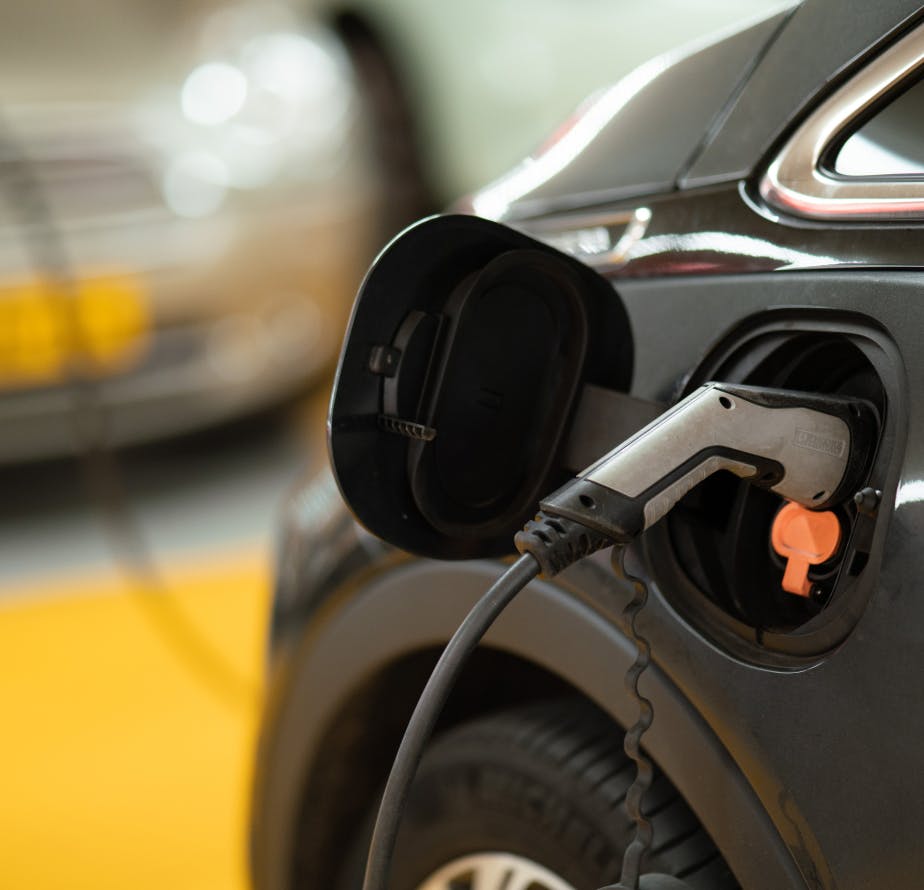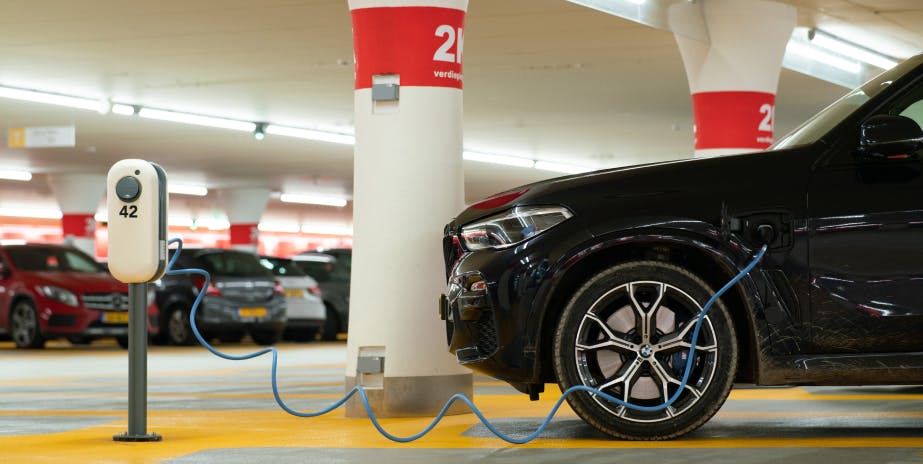
3 Ways Industry Can Accelerate Demand For Electric Vehicles
Written by Tom Ross,
Associate at Edge Environment
Driving on Australia’s roads right now, it might be hard to believe that battery electric vehicles (BEVs) are projected to become our main form of consumer transport by 2040. Considering the significant infrastructure and policy barriers, as well as the fact that only about half a percent of Australian new car sales are BEVs, reaching that level of market uptake seems a long way off.
Driving on Australia’s roads right now, it might be hard to believe that battery electric vehicles (BEVs) are projected to become our main form of consumer transport by 2040[i]. Considering the significant infrastructure and policy barriers, as well as the fact that only about half a percent of Australian new car sales are BEVs, reaching that level of market uptake seems a long way off.
Elsewhere around the world though, BEVs are fast emerging as a common technology, with China and Europe leading the way[ii]. More than 250 new models of BEVs and hybrids will be introduced over the next few years, putting as many as 130 million EVs on the world’s roads by 2030[iii]. As the popularity of BEVs increases, there’s an emerging opportunity for a number of adjacent industries – such as property, infrastructure and local government – to position themselves as progressive leaders by incentivising BEV uptake and providing the critical services and infrastructure necessary to replace traditional internal combustion transportation.
“More than 250 new models of BEVs and hybrids will be introduced over the next few years, putting as many as 130 million EVs on the world’s roads by 2030.”
according to the Global EV Outlook 2018,
International Energy Agency, May 2018

The challenges
To better understand what’s holding back BEV technology, it is important to explore the key challenges slowing BEV uptake on Australian roads. The primary factors are:
- Consumer sentiment: When selecting vehicles, most Australians are hesitant to consider BEVs, with about 50% of the population not even considering a BEV as their next car purchase. Common barriers include concerns about driving range, performance, the lack of vehicle choices and price.
- Charging infrastructure: A well-established network of charging infrastructure is critical to the rollout of BEVs nationwide. While slow charging stations are becoming more widely available, the network of fast charging stations across key transport routes remains low, with only 350 stations nationwide[iv]. Many key transport routes simply cannot be made in a reasonable amount of time using BEVs, and high capital costs, combined with a lack of a consistent, coordinated planning scheme, restrict the development of the necessary infrastructure.
- Unfriendly regulatory environment: Responses and planning toward an EV future is disorganised, with state and federal legislation at vastly different stages. Delaying the implementation of a clear and consistent regulatory framework causes uncertainty and dampens demand, further hindering the interoperability of infrastructure and vehicle design.
Delaying the implementation of a clear and consistent regulatory framework causes uncertainty and dampens demand, further hindering the interoperability of infrastructure and vehicle design.
What can different sectors do to help?
Several key industries will play a pivotal role in promoting widespread BEV use on our roads. Leading organisations have the opportunity to position themselves as catalysing forces by integrating BEV planning and infrastructure into design and contractual requirements:
- Property: The provision of in-house charging facilities in underground carparks will be a key focus for property companies looking to promote BEV use. The good news is that these facilities are not prohibitively expensive, nor overly complex to install. In contrast to highway infrastructure, commercial, retail and industrial centres can likely prioritise the rollout of low wattage systems (i.e. slow chargers) that allow for charging in the timespan of an average working day and work readily with the majority of BEVs with built-in inverters. There isn’t a need to install supercharging at the average facility, only to provide the opportunity for a high volume of vehicles to charge in regular parking lots across the facility. Property firms can also incentivise investment in EVs through the development of tenant leasing requirements and subsidised parking.
- Local Government: Like property companies, council infrastructure does not need to prioritise supercharging facilities, but should focus on prioritising well-located and well-provisioned slow charging services across public carparks.
In addition to providing this key BEV infrastructure, councils can cement themselves as market leaders by integrating BEVs into their fleet of service vehicles. Trials of electric work vehicles are well underway, including a trial of electric waste collection trucks organised between waste contractors and a number of Adelaide metro councils. As the viability of these vehicles is demonstrated, councils will have the opportunity to incorporate the use of BEVs into supplier contract selection criteriato further drive uptake across the industry.
- The development of a strong national policy position that gives confidence to manufacturers and adjacent industries is critical to the successful rollout of BEVs across the country. This includes the development of a suite of financial incentives, supportive infrastructure planning policies and the rollout of consistent standards that provide a clear roadmap for consumers and suppliers to invest in BEVs, knowing they’ll be part of the future of Australian road transport.
If you want to learn more about how best to position your organisation to ride the BEV wave, feel free to have a chat with either Maisie or Tom from our Carbon and Climate Resilience team.

CRJO partnered with Edge to develop a toolkit for retrofitting homes, boosting bushfire resilience for homeowners, councils, and industry.




